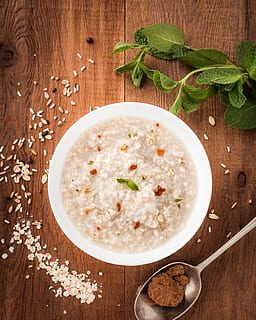Guggul: A wonder medicine!
Guggul is also known as myrrh. It is a gum extracted from the plant Commiphora mukul or Commiphora wightti. It is burnt as incense and the gum is used internally as a medicine for a variety of conditions in the Indian traditional medicine system Ayurveda.
Anti-rheumatic properties
This medicine is most popular for its anti-rheumatic properties. The anti-inflammatory properties are attributable to guggulusterones, the phyto-steroids present in guggul.(1-4)
Antimicrobial properties
There is traditional wisdom in burning guggulu as incense. It is a type of fumigation. Guggulu has antibacterial and antiviral properties. Thus, burning myrrh may have preventive effects against infectious diseases and viral epidemics. (5)
Anti-lipid action
It has potent antihypercholesteraemic action. (6-7)
Osteo-arthritis and rheumatoid arthritis
patients will benefit by consuming guggul owing to its anti-inflammatory and anti-rheumatic properties.(8)
It has been in use medicinally since 2000 years in Indian subcontinent for treatment of a number of diseases. It has uses in other conditions such as atherosclerosis, obesity, hypercholesterolemia, respiratory diseases, liver disorders, digestive problems, and menstrual irregularities. (9)
References:
- Raut AA, Joshi AD, Antarkar DS, Joshi VR, Vaidya AB. Anti-rheumatic formulations from Ayurveda.Ancient Science of Life. 1991;11(1-2):66-69.
- Aggarwal BB, Prasad S, Reuter S, et al. Identification of Novel Anti-inflammatory Agents from Ayurvedic Medicine for Prevention of Chronic Diseases: “Reverse Pharmacology” and “Bedside to Bench” Approach. Current drug targets. 2011;12(11):1595-1653.
- Deng R. Therapeutic effects of guggul and its constituent guggulsterone: cardiovascular benefits. Cardiovascular drug reviews. 2007 Dec 1;25(4):375-90.
- Gujral ML, Saxena K, Tangri KK, Amma MK, Roy AK. Antiarthritic and antiinflammatory activity of gum guggul (Balsamodendron mukul Hook) Indian J Physiol Pharmacol. 1960;40:267–73.
- Singh BR, Siddiqui MZ. Antimicrobial activity of Commiphora wightii gum (Guggul gum) extract against gram positive and gram negative bacteria. Journal of microbiology and antimicrobial agents. 2015; 1(2).
- Arora RB, Das D, Kapoor SC, Sharma RC. Effect of some fractions of Commiphora mukul on various serum lipid levels in hypercholesterolemic chicks and their effectiveness in myocardial infarction in rats. Indian J Exp Biol. 1973;11:166–8. [PubMed]
- Baldwa VS, Bhasin V, Ranka PC, Mathur KM. Effects of Commiphora mukul (Guggul) in experimentally induced hyperlipemia and atherosclerosis. J Assoc Physicians India. 1981;29:13–7. [PubMed]
- Chopra A, Saluja M, Tillu G. Ayurveda–modern medicine interface: A critical appraisal of studies of Ayurvedic medicines to treat osteoarthritis and rheumatoid arthritis. Journal of Ayurveda and Integrative Medicine. 2010;1(3):190-198.
- Siddiqui MZ, Mazumder PM. Comparative Study of Hypolipidemic Profile of Resinoids of Commiphora mukul/Commiphora wightii from Different Geographical Locations. Indian Journal of Pharmaceutical Sciences. 2012;74(5):422-427. doi:10.4103/0250-474X.108417.

